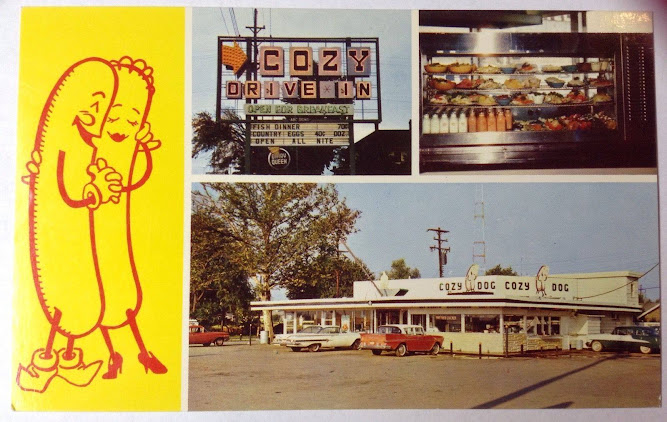Anyone familiar with downtown Chicago knows the "President Street" names. This naming scheme is an old Chicago tradition, as with numerous other towns and cities around the country.
Washington, Adams, Jefferson, Madison, Monroe, Adams, Jackson, Van Buren, Harrison, Tyler, Polk, Taylor, Fillmore. Those are the first 13 presidents, in order, and 12 of them have streets in or near downtown named after them.
Because there were two presidents named Adams, Quincy Street honors John Quincy Adams, president № 6.
Of course, I've saved the story of why a president was shunned from this time-tested honor for later in the article.
 |
| Jackson Boulevard is named after Andrew Jackson, the 7th President of the United States. Franklin Street is named after Benjamin Franklin. |
After Fillmore left office in 1853, the city seems to have abandoned the custom of automatically giving a president his own street. Then, Presidents had to earn this honor.
From 1853 to 1909, out of eleven men who served as President, only four made the cut; Lincoln Avenue, Grant Place, Garfield Boulevard, and Roosevelt Road.
What about Pierce, Hayes, Arthur, Cleveland, and Harding? Those are Chicago Street names but not named for a former president.
When President Woodrow Wilson died in 1924, the city council decided he deserved a street. Chicago already had a Wilson Avenue, so the city council decided to change Western Avenue to "Woodrow Wilson Road." That lasted about a month until pressure from business owners brought back the old name in a hurry.
Since the Woodrow Wilson fiasco, Chicago has avoided the hassle of renaming streets to honor presidents. Eisenhower and Kennedy got expressways named after them. No address changes to worry about there! Except for the displaced residents and businesses.
William Howard Taft got an Avenue (access road) named after him in Franklin Park that goes into O'Hare Airport at the southernmost point (11600W-4200N-4400N). There are no buildings or structures on Taft Avenue.
The one President whose named street was quickly stripped from him is President № 10, John Tyler. When the first southern states seceded in 1861, Tyler led a compromise movement; failing, he worked to create the Southern Confederacy. He died in 1862 a member of the Confederate House of Representatives.
 |
| 1868 Chicago Guide Map |
Tyler street was renamed later to Congress Street (Congress Parkway today).
The honorary street name program (brown signs) has been in place since 1964, when a stretch of LaSalle Street was designated "The Golden Mile" to honor the city's financial district.
Compiled by Dr. Neil Gale, Ph.D.























